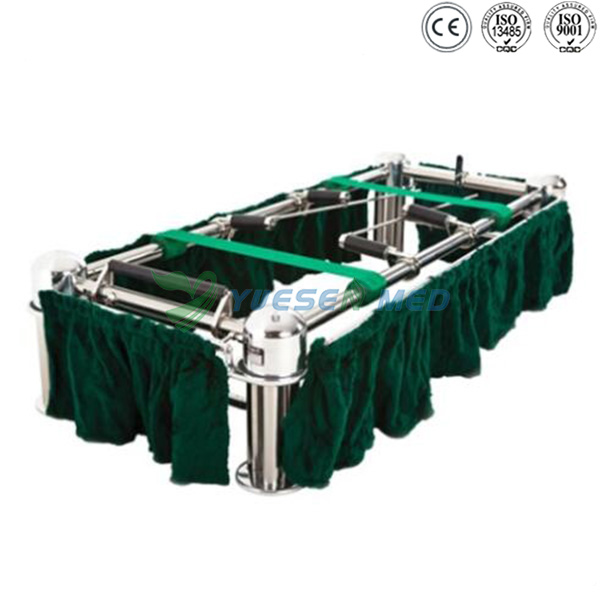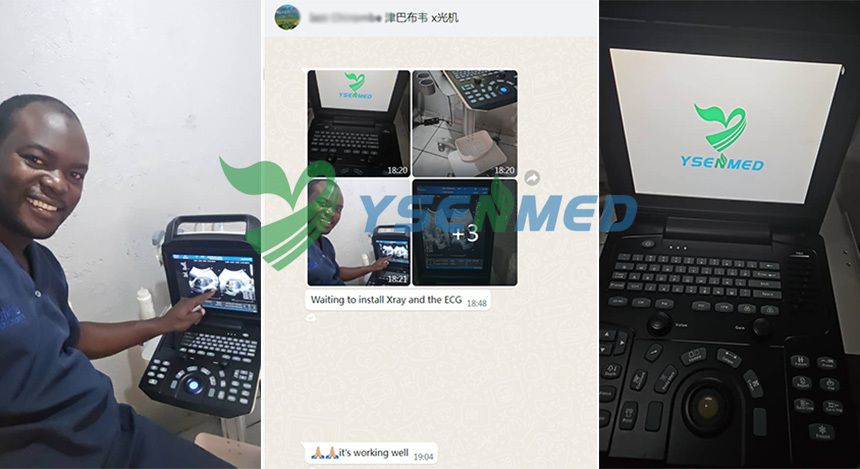
X-ray technology is an essential part of modern medicine, and there are several types of X-ray machines that are used for diagnostic purposes. X-ray machines work by emitting electromagnetic radiation that can pass through the human body and be detected on the other side. The image that is created is a two-dimensional representation of the body’s internal structures, including bones and soft tissue. In this article, we will discuss the three types of X-ray machines: traditional film X-ray, computed radiography (CR), and digital radiography (DR).
Traditional Film X-Ray Machines
Traditional film X-ray machines have been used for diagnostic purposes for over 100 years. In these machines, X-rays are emitted from a tube and pass through the patient’s body to a film on the other side. The film captures the X-ray image, which is then developed in a darkroom. This process is time-consuming and requires careful handling of the film to ensure that the image is not compromised.
X-ray technology has revolutionized the field of medical imaging, providing doctors with detailed images of the human body to aid in diagnosis and treatment. There are three types of X-ray machines: computed radiography (CR), digital radiography (DR), and fluoroscopy. Each type has its own benefits and limitations. In this article, we will take a closer look at each of these types of X-ray machines.
Computed Radiography (CR) X-ray Machines
Computed radiography (CR) X-ray machines use a special imaging plate instead of film. The imaging plate is made up of a photostimulable phosphor, which absorbs X-rays and stores the energy. When the plate is scanned with a laser, the stored energy is released as light, which is detected by a computer and converted into an image.
One of the main advantages of CR X-ray machines is that they can produce high-quality images with a lower dose of radiation. This is because the imaging plate is more sensitive to X-rays than traditional film. In addition, CR X-ray machines are more versatile than other types of X-ray machines, as they can be used for a wide range of imaging procedures.
Digital Radiography (DR) X-ray Machines
Digital radiography (DR) X-ray machines are similar to CR X-ray machines, but they use a flat panel detector instead of an imaging plate. The detector is made up of a thin layer of material that is sensitive to X-rays. When X-rays pass through the body and hit the detector, they are converted into electrical signals, which are then processed by a computer to create an image.
DR X-ray machines have several advantages over CR X-ray machines. For one, they produce images much more quickly, as the images are immediately available on the computer screen. In addition, DR X-ray machines produce higher-quality images than CR X-ray machines, as they are not affected by variations in the imaging plate's sensitivity.
Fluoroscopy X-ray Machines
Fluoroscopy X-ray machines are different from CR and DR X-ray machines, as they produce real-time moving images of the body. These machines use a continuous X-ray beam to create images that can be viewed on a monitor in real-time.
Fluoroscopy X-ray machines are often used for procedures that require real-time guidance, such as cardiac catheterizations, biopsies, and joint injections. One of the main advantages of fluoroscopy X-ray machines is that they allow doctors to see the movement of organs and tissues in real-time, which can aid in diagnosis and treatment.
Conclusion
In conclusion, there are three main types of X-ray machines: computed radiography (CR), digital radiography (DR), and fluoroscopy. Each type has its own benefits and limitations, and the choice of which type to use depends on the specific imaging needs of the patient. CR X-ray machines are versatile and produce high-quality images with a lower dose of radiation. DR X-ray machines produce higher-quality images more quickly than CR machines. Fluoroscopy X-ray machines produce real-time images that can aid in diagnosis and treatment. By understanding the differences between these types of X-ray machines, doctors can choose the best option for their patients' imaging needs.
Special X-ray machine
Such as dental panoramic X-ray machine
The main features of the system are the enormous energy supply obtained through the combined voltage potential and anodic current and a large exposure time range. High radiation beam penetration can ensure clear images, good radiographic contrast to achieve the best detail vision, and the timer microprocessor in the X-ray machine can ensure long-term consistent film darkening effect under large engineering conditions , to ensure high diagnostic quality.
Flexibility: the use of movable sensors enables the system to switch between panoramic or head inspection methods, with high work efficiency, flexible use, and low cost; the system is equipped with a dental imaging software package with network functions, which can perform all-round inspection Dental radiology examination. This package is open to other imaging devices. Its digital imaging processing functions include inversion, color, contrast, brightness, gamma, sharpening, median filtering and metering. Its built-in filtering options and image control tools optimize diagnostic images and improve detail.
Easy-to-Use Digital Technology: This unit uses a CCD sensor for panoramic and cephalometric images with maximum clarity. Optimum image quality is guaranteed thanks to the use of a potentiostatic X-ray generator and a small focus ray tube; the system is easy to use with features such as automatic image acquisition, fast processing and highlighting of the most important details on the computer screen.
Operation: The symbols on the control panel are intu itive; the system provides a total of seven panoramic programs and three head inspection programs, which can be used to examine four types of patients with different body types.
Use: The system is compact, comfortable and easy to use, the patient only needs to face a mirror in the traditional way. Using three laser beams, the patient position is corrected to ensure perfect alignment. Horizontal coverage caused by mandibular retraction or protrusion can be corrected by motorized translation of the carriage. At the request of customers, an adjustable temporomandibular support bar can be added to increase stability;
The carriage is locked by a brake and can move vertically to facilitate examination of patients in wheelchairs. If wall fixing is not possible, a free-standing base unit is available.
Digital Mammography
Digital breast imaging technology provides patients with meticulous care at the most economical cost. High-quality images can be obtained even in the case of a large number of patient examinations.
Clear, practical and reliable images: panoramic digital mammography with a complete mammography system; optimized breast cancer screening and diagnostic procedures.
Amorphous Selenium: Using the most advanced amorphous selenium detector technology, higher signal-to-noise ratio and higher efficiency;
Through amorphous selenium, the imaging X-rays can be directly converted into electric charges, and the X-ray energy can be clearly displayed directly.
Mechanical support: with geometric magnification, can be equipped with cassette and grid device; automatically select small focus to reduce radiation dose.
ACR Display: Keyboard above the monitor, auxiliary display of C-arm inclination, ACR projection, pressure, breast thickness and side selection.
BYM: isocentric C-arm, through pre-setting and precise angle adjustment, the optimal C-arm electric rotation can be realized; it can be upgraded to a three-dimensional stereotaxic biopsy device by using BYM.
BYM 3D: panoramic digital stereotactic needle biopsy provides a reliable solution for diagnostic applications; image acquisition program; three-dimensional image viewing, marker positioning, marker depth setting; no marker number limit; automatic positioning biopsy device; database management biopsy device; selection Puncture needle; automatic selection of biopsy device adapter; image acquisition for examination and biopsy; maximize functional area and biopsy device.
Computer-aided detection: It can be used in conjunction with an optional computer-aided scanning (CAD) system. The software uses artificial intelligence algorithms to identify potential breast lesions, and uses different symbols to display the results on the original image according to the type of lesion (mass or microcalcification).
High-definition image acquisition workstation: the acquisition station is equipped with a transparent anti-X-ray radiation protection screen to ensure the safety of operators;





